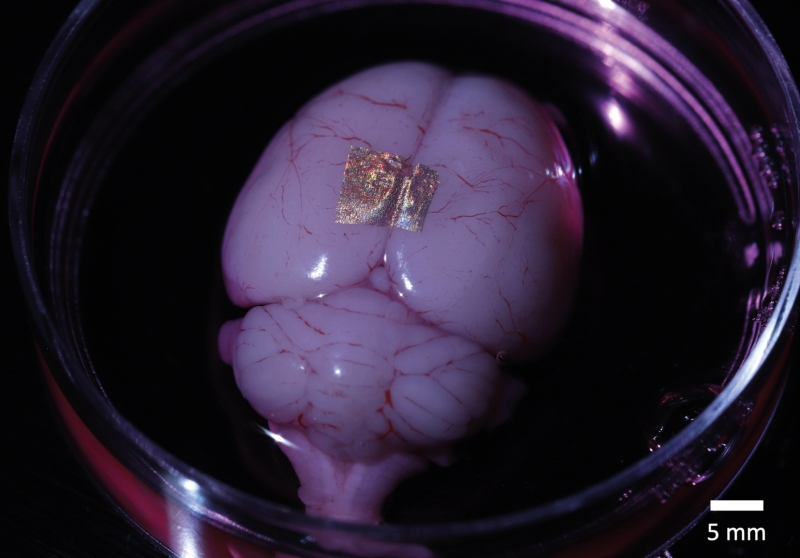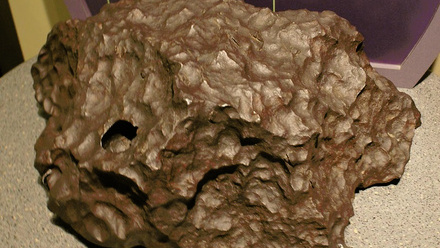Gold tattoos to monitor live cells
Nanoscale tattoos that adhere and remotely monitor live cells in real time have been developed by engineers at John Hopkins University, USA.

They claim their innovation allows optical elements or electronics with tattoo-like arrays to stay attached but still flex and conform to a cell’s wet and fluid outer structure.
Professor David Gracias, who spearheaded the development, believes the tattoos are the first step towards attaching sensors and electronics to live cells. The structures are able to stick to soft cells for 16 hours, even as they move. Gracias suggests this would allow tracking of health at a much higher resolution.
The tattoos are built as arrays with gold, as it is known to prevent signal loss or distortion in electronic wiring.
The arrays are treated with molecular glues and transferred onto cells using an alginate hydrogel film – a gel-like laminate that is dissolvable after the gold adheres to the cell. Accordingly, the molecular glue on the array bonds to a film secreted by the cells called the extracellular matrix.
Gracias reports using a method called nanoimprint lithography, which he says is highly precise, scalable and cost-effective.
The team chose to attach the arrays to fibroblast cells because they are part of connective tissue and abundant in the human body.
Gracias explains that the glue works through molecular interactions with chemical and electrostatic interactions (bonds), with one portion linking to gold dots and the other to the alginate transfer layer. 'Molecules are also used to bioconjugate the gold dots to gelatine and then transferred onto cells – the glue works on the timescales of individual bond formation.'
The alginate hydrogel film is dissolved by adding ethylenediaminetetraacetic acid, which 'favourably competes for the calcium ions in alginate, causing the alginate to disassociate'.
'We’ve shown we can attach complex nanopatterns to living cells, while ensuring that the cell doesn’t die,' notes Gracias.
Attaching the dots and wires in specific patterns is also crucial, reports the team, so as to track bioinformation.
'This is an array with specific spacing,' Gracias explains, 'not a haphazard bunch of dots'.
The research group posits that they could transfer other patterns such as radio frequency identification, antennae and complementary metal-oxide semiconductor circuitry onto live cells in the future. Gracias notes that several challenges need to be addressed to extend the adherence time of the nanodots, as the pattern may interfere with other cellular processes.







